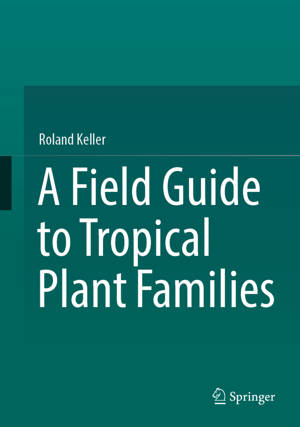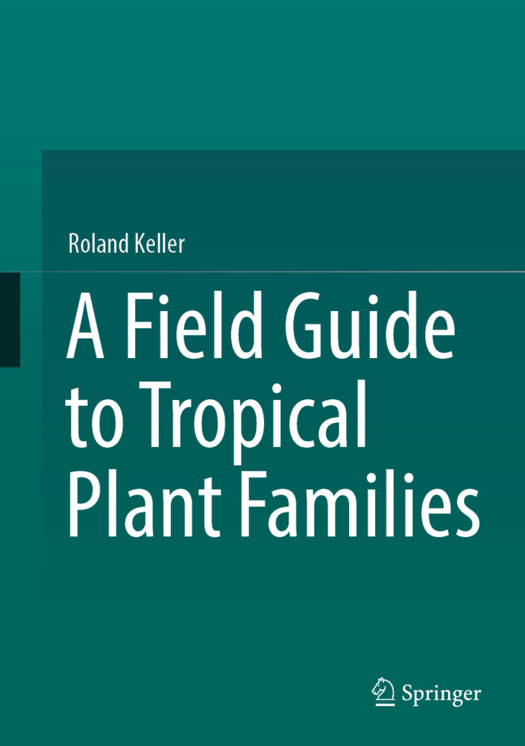
- Retrait gratuit dans votre magasin Club
- 7.000.000 titres dans notre catalogue
- Payer en toute sécurité
- Toujours un magasin près de chez vous
- Retrait gratuit dans votre magasin Club
- 7.000.0000 titres dans notre catalogue
- Payer en toute sécurité
- Toujours un magasin près de chez vous
Description
This book provides an identification system permitting recognition of plant families in all seasons by means of morphological and macroanatomical features which are easily observable, such as bark, exudates, stems and leaves characters. Studies of forest vegetation may differ in their underlying objectives, but they all require taxonomic knowledge. The process of taxonomy begins with an inventory of the flora, which has been based to a large extent on reproduction-related organs, such as flowers and fruits. But, those are often difficult to observe and may not exist in the field at a given time.
Unlike most such guides or keys, this book can be used anywhere in the tropics and provides, in a straightforward two or three-step process, identification to the level of families, which are now circumscribed according to molecular as well as morphological characters in the universally accepted scheme of the Angiosperm Phylogeny Group.
Plant architecture is not a prerequisite theme for plant identification; however, we think that an introduction to this subject is not out of place in this book (architectural traits are taxonomically sound): it is now time for botanists working in the tropics to have an idea on how the whole organism keeps growing.
Within the family accounts, there is information concerning important economic plants with notes on the larger genera and, particularly helpfully, discussion of families readily confused and how to separate them. Descriptions of the families rely on short diagnosis bolstered by many photographic pictures, lines drawings and extracts from the author's field books, all showing features of plants as they are found in the forest.
Spécifications
Parties prenantes
- Auteur(s) :
- Editeur:
Contenu
- Nombre de pages :
- 494
- Langue:
- Anglais
Caractéristiques
- EAN:
- 9783031059414
- Date de parution :
- 09-02-23
- Format:
- Livre relié
- Format numérique:
- Genaaid
- Dimensions :
- 176 mm x 254 mm
- Poids :
- 1247 g

Les avis
Nous publions uniquement les avis qui respectent les conditions requises. Consultez nos conditions pour les avis.






